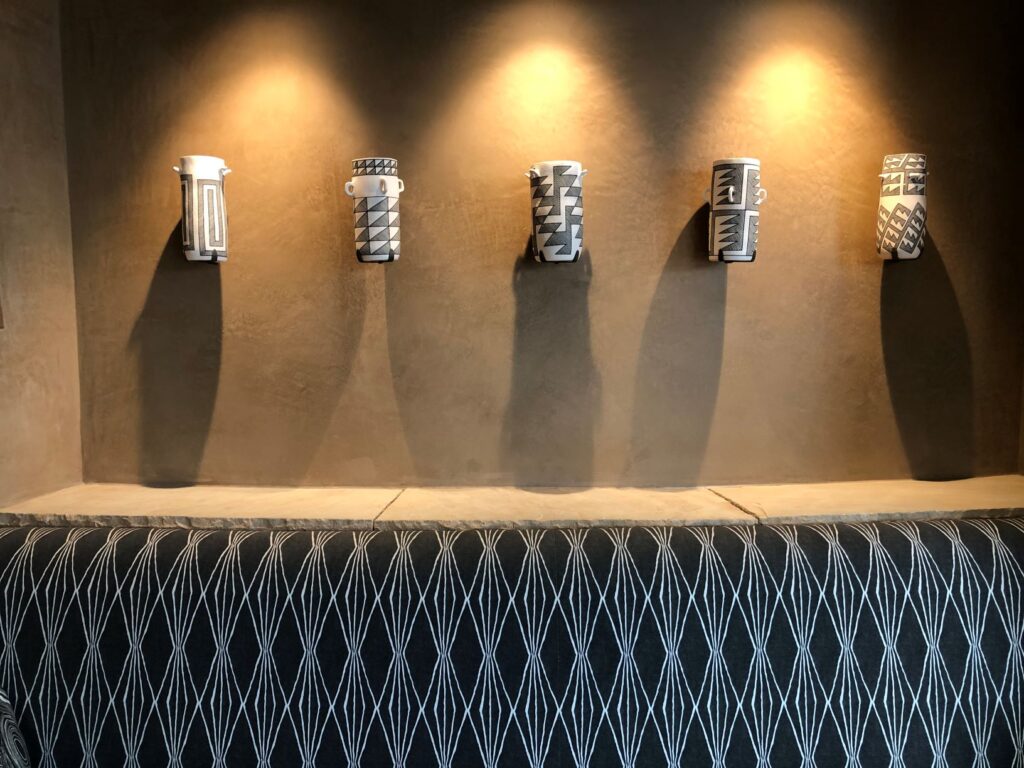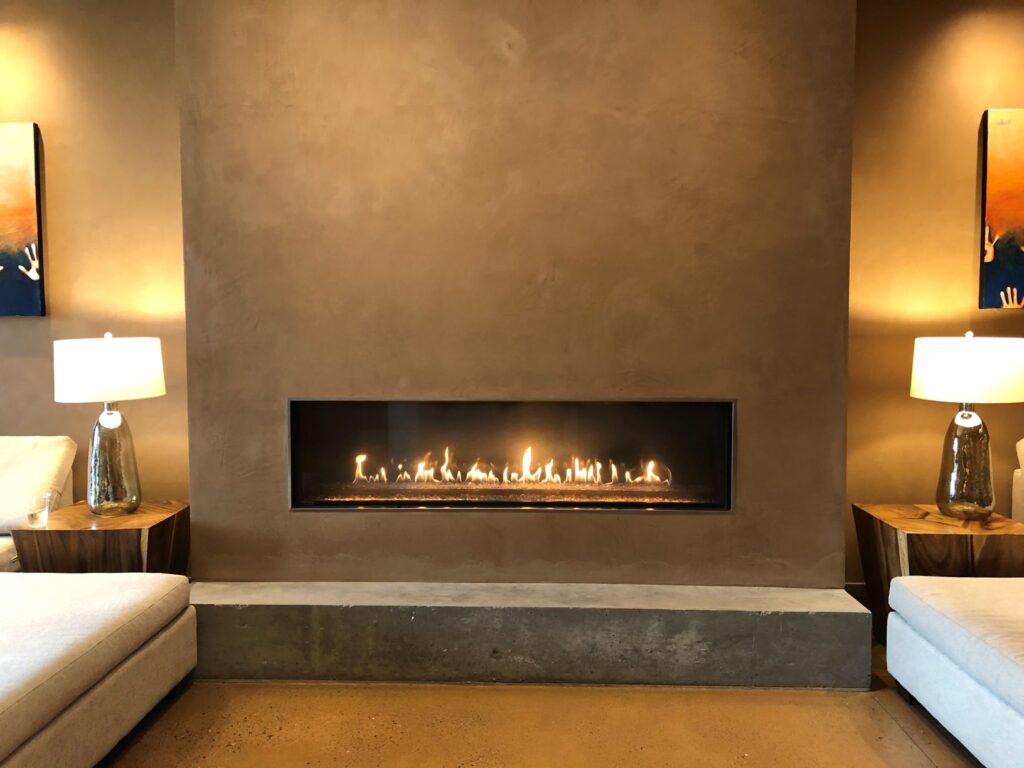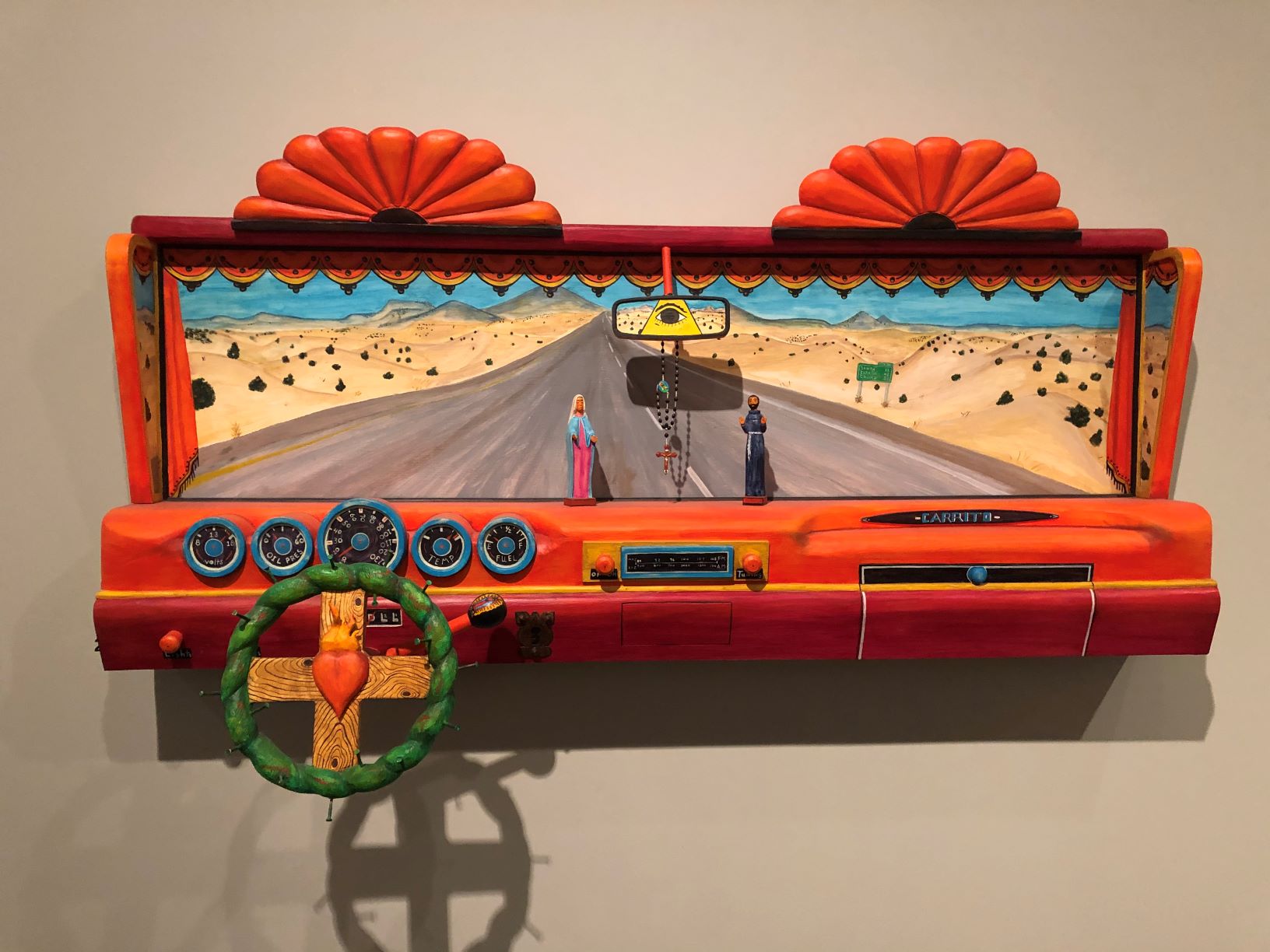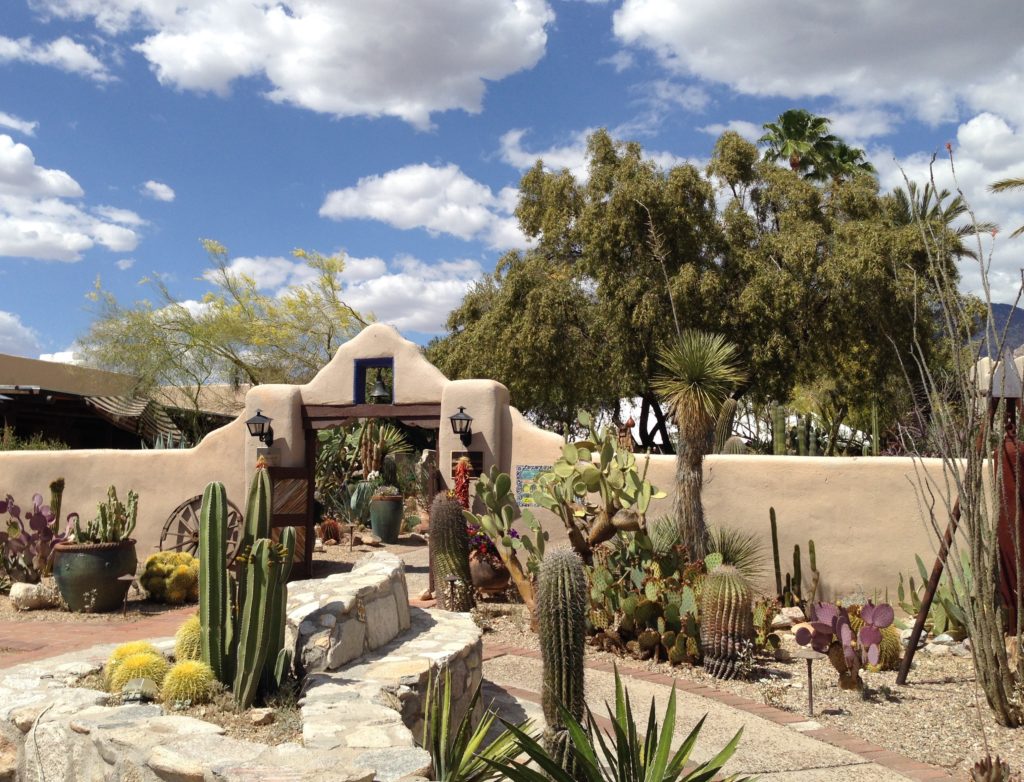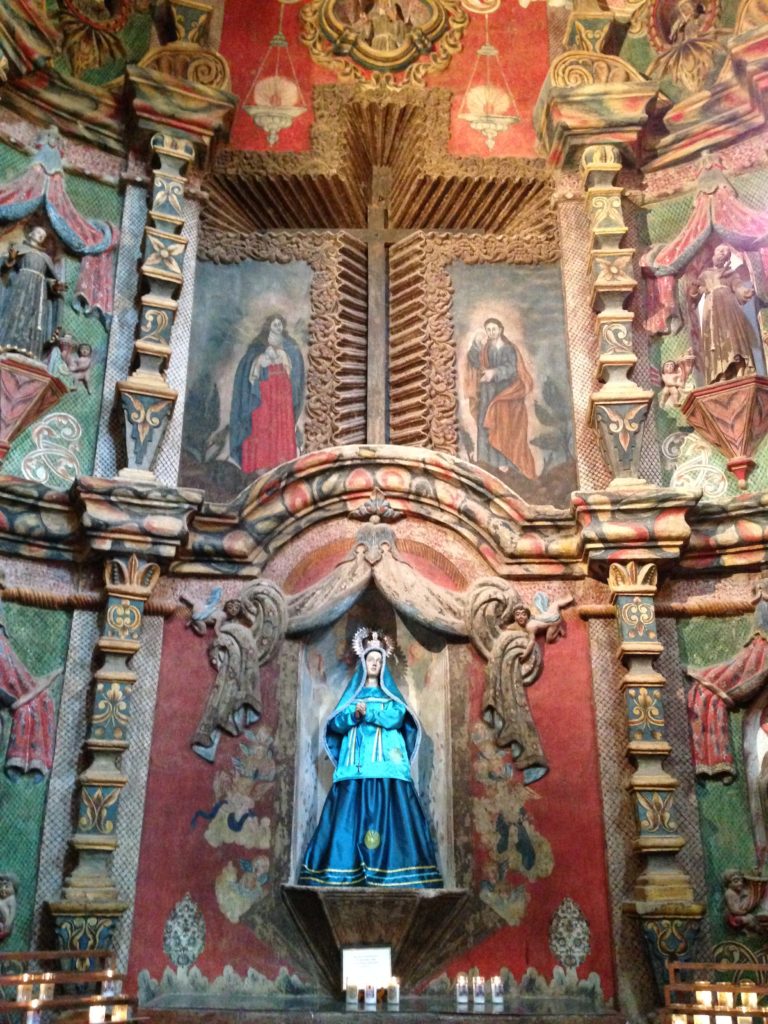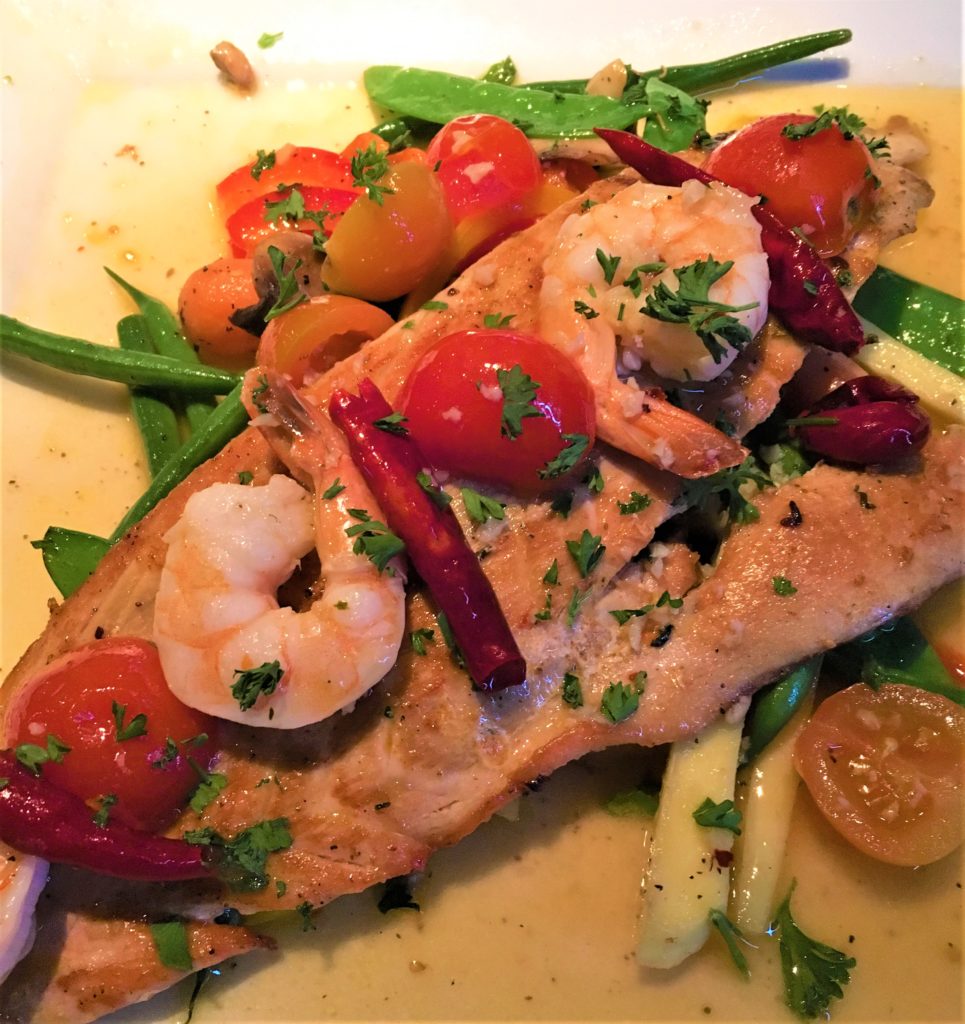Color, form, mood. That’s how I think of New Mexico – the always striking variations of visual and sensory themes. So it was fitting that on a rainy day in February, following a client meeting, I ducked into the Albuquerque Museum for a two-hour retrospective about the state’s distinctive identity as a center of artistic production and creativity. “No other place in the United States can celebrate such an important and continuous history of art making, from prehistory to the experiments of the current moment,” sums up the introductory plaque for “Common Ground: Art in New Mexico,” the museum’s permanent collection.
The provocative themes of the exhibition framed the idea I was developing about Albuquerque – a contrast of cultures finding common ground. At the crossroads of the Southwest, New Mexico’s largest city embodies the vast diversity of the state’s art, architecture and culinary pathways. You hear it at the University of New Mexico, which markets itself as a community of perspectives embracing divergence – “each of us defines all of us.” You see it in the contrasts in Albuquerque’s culture – an urban haven for experimentation and a protector of tradition, a restless frontline for modernity and a proud host of indigenous heritage. On occasion the vibe is a noisy collision of diverse voices but the overall result is much more – a recognition that the diversity of cultures weaves a far more interesting fabric.
In two successive business trips to Albuquerque, I left room for a weekend in Santa Fe. I never got out of town, and it will take several trips to Albuquerque to build out this story.
The museum lies on the edge of “Old Town,” a reflexive place to start in many Southwestern cities (San Antonio, Tucson and San Diego, for example) because of the historical footprint. They are typically late 1700s’ clusters of quaint adobe and timber shops, galleries and restaurants situated around a plaza and the old cathedral. In their modern form, they seem stuck in time, a panorama on a stage and increasingly more trinket than art, more tourist than local. Meanwhile the reimagining of their cultures is happening on the borders of the old city – here, just north of Old Town in the Sawmill District, an industrial area once home the region’s massive lumber business. This area is newly animated by the Sawmill Market’s glass-walled, high-tech artisanal “food hall” and, across the street, the elegant Hotel Chaco, which is next door to the venerable Albuquerque Hotel.
Chaco’s stone walls, ceiling beams and art-filled porticos merge ultra-modern with sustainable materials, giving heavy homage to pueblo structures in Chaco Canyon. Created by the renowned Gensler architectural firm, the individually designed rooms, spacious lounges and “Level 5” roof terrace restaurant offer more visual “experience” mere hotel stay. With the eerie lineup of the Cat Hills Volcanic Field (also known as the Petroglyph National Monument) to the west and the towering watermelon red Sandia Mountains to the east, the 360-view is stunning.
I walked from the hotel three blocks to the museum, which sits catty-corner the New Mexico Museum of Natural History and Science. For two hours, I wandered among its rooms, curated for visitors who want to study, explore and feel the spirit of New Mexico over time. Religious altars and milagros, painted and unpainted ancient pottery, modernist pottery-inspired forms shaping abstract paintings and whimsical, surrealist interpretations of ideas back to pre-history. These stirring cultural investigations bring the viewer into Georgia O’Keefe’s stirring vision (“Gray Cross with Blue”) and to commanding expressions by artists such as Jerry West, Thomas Barrow, Luis Tapia and Hopi weaver Ramona Sakiestewa.
Walking among this art, I could feel the wind racing across the highway and hear chanting pueblo incantations or reverential prayers from an adobe chapel. In the textures of threads and beading, metal and terra cotta, clay shards and glasslike volcanic rock, the natural environment is a welcome influencer of New Mexican imagery. In this culture of contrasts, the land is one of the most common forces of unity. Its harmonious convergence of color, form and mood invade the senses and give common shelter from the chaotic world outside.
